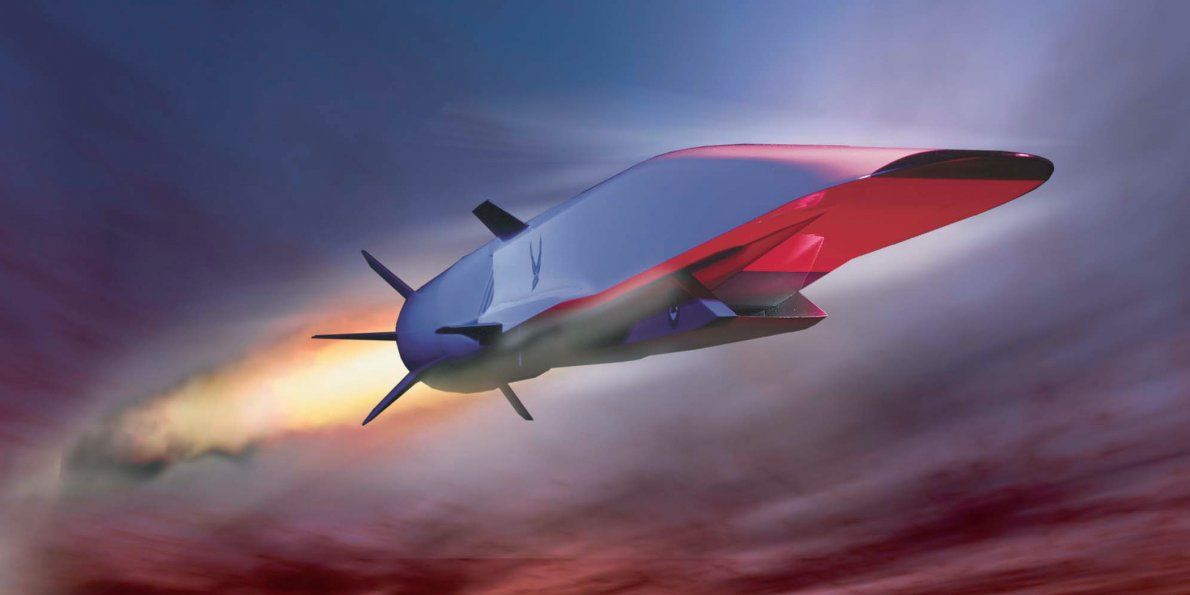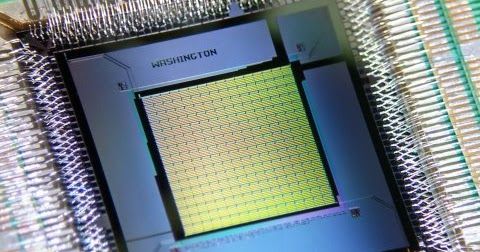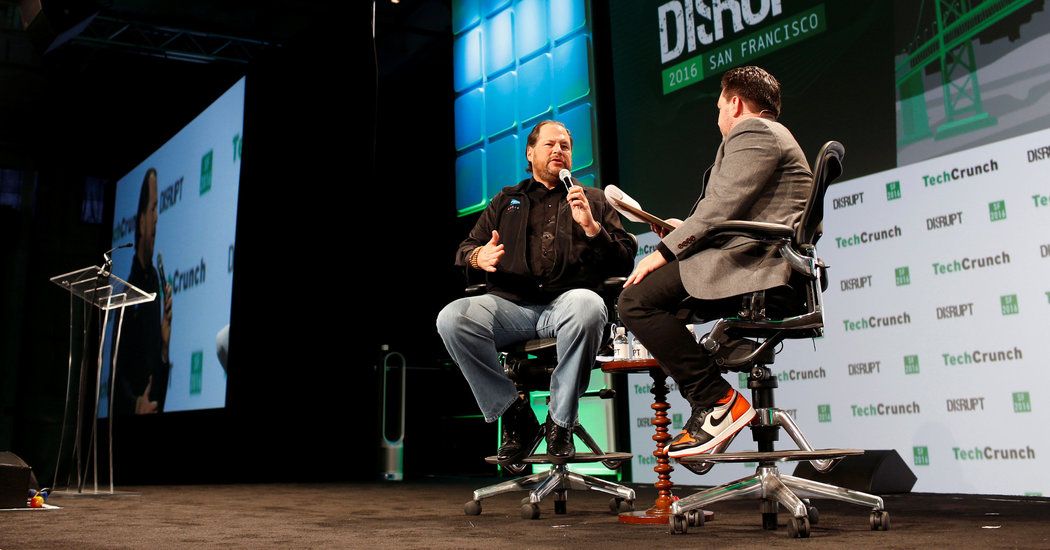They are wise-cracking companions, able to communicate in more than six million languages. Others are bent on enslaving or destroying humanity, deeming themselves better, more rational caretakers of the Earth in light of our irrational behaviors.
Pilot or garbage man, soldier or slave, hero or villain—robots have played every role imaginable in popular science fiction for nearly a century.
In the 21st century, real-life robots inspired by their fictional counterparts are beginning to take starring roles in everyday life.





